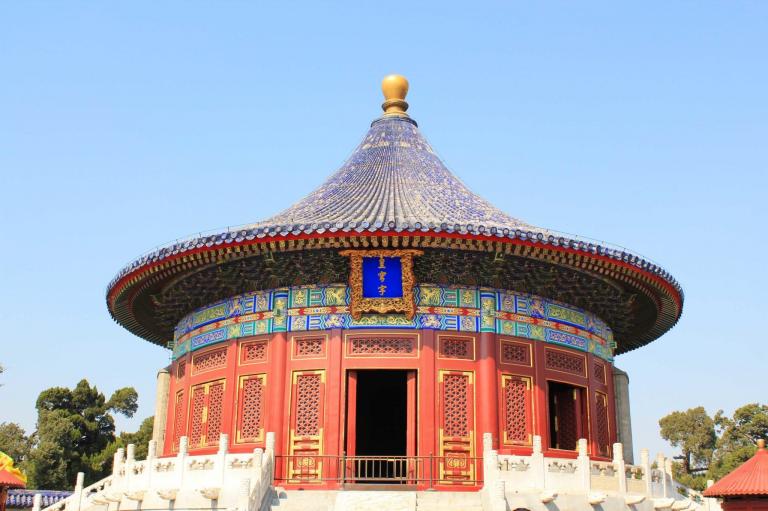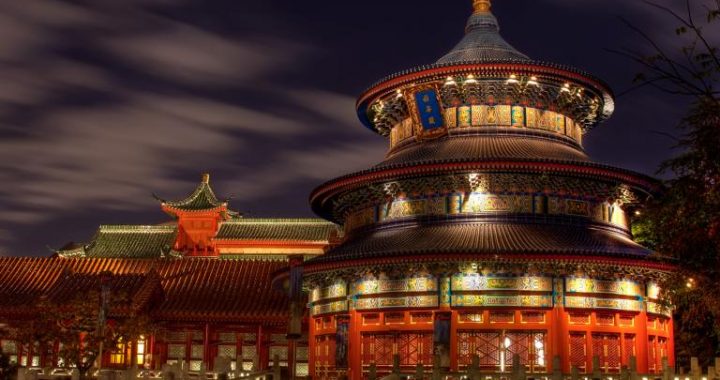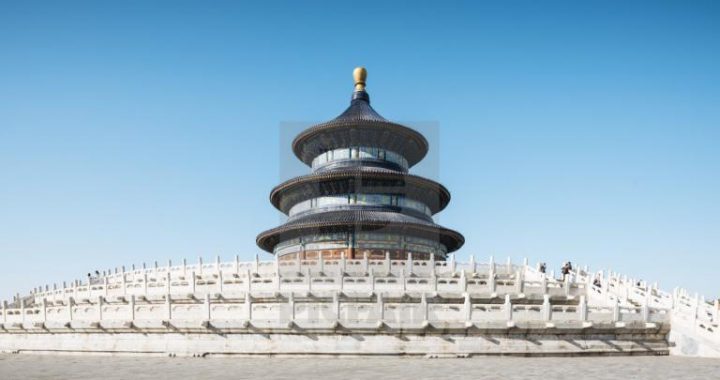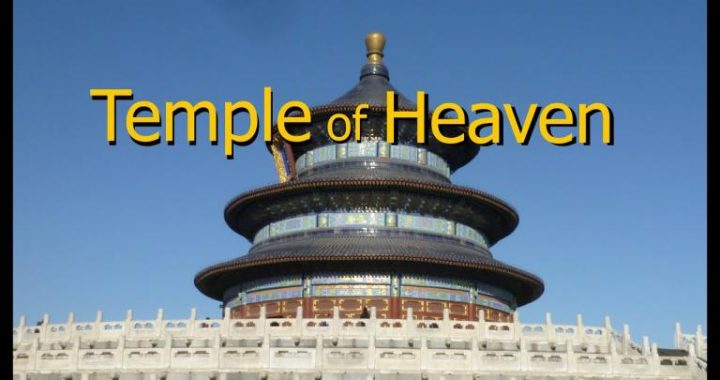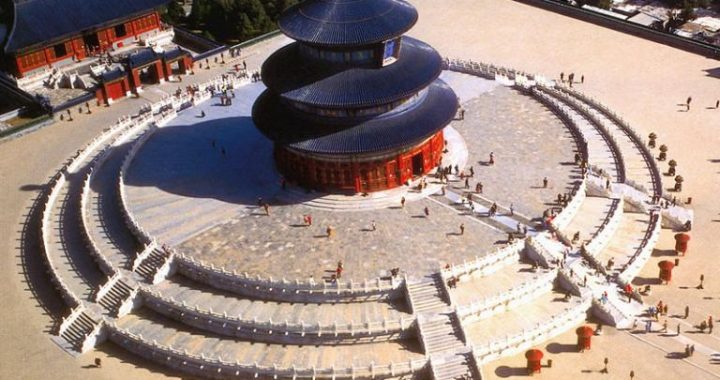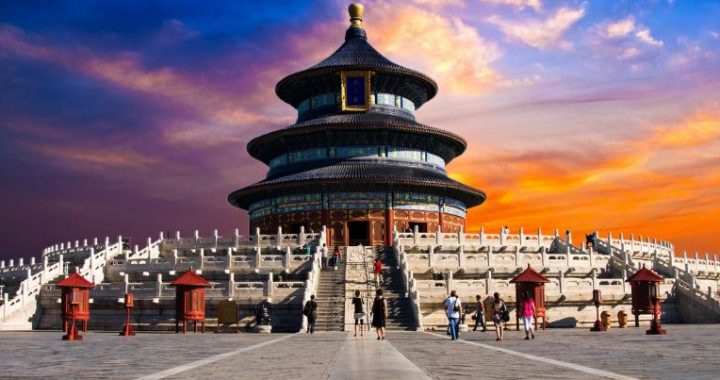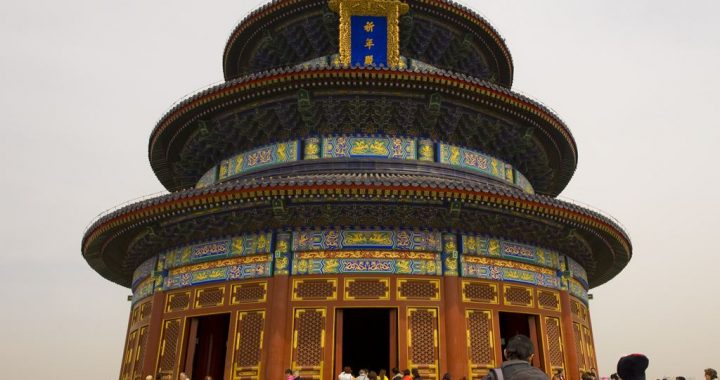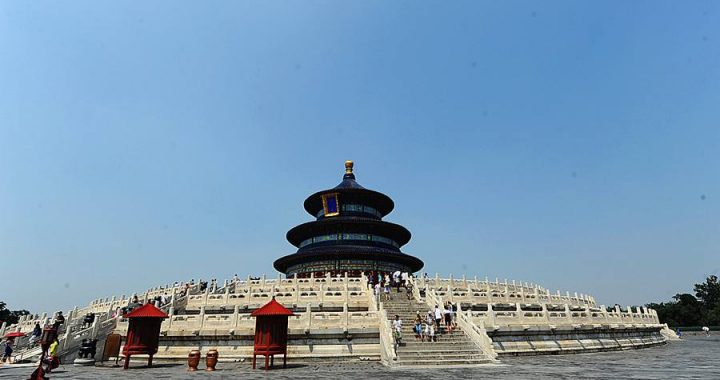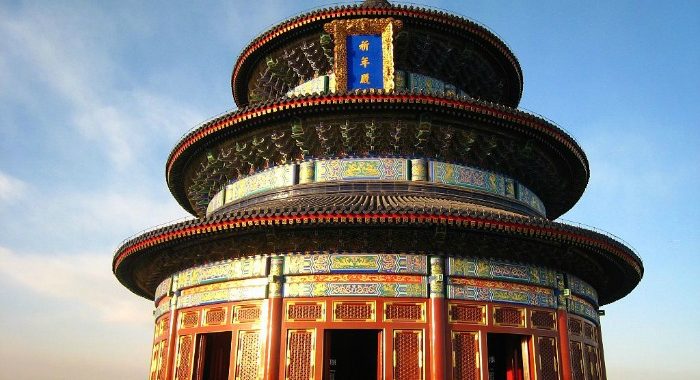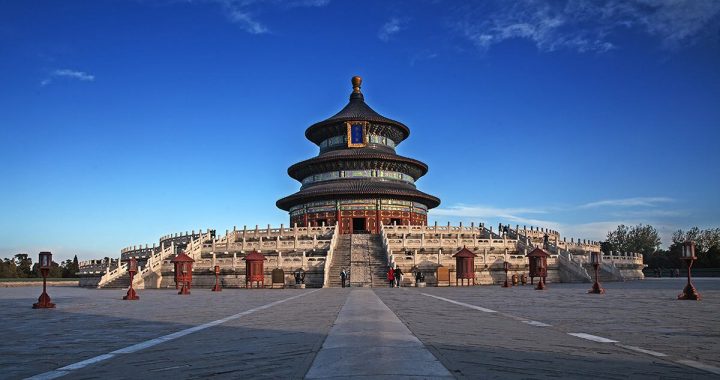The Temple of Heaven in Beijing
6 min readThe Temple of Heaven in Beijing the altar where the emperor made sacrifices to Heaven, is one of the world’s most important architectural treasures. The effectiveness of its design concept is unsurpassed, creating a deep sense of the traditional chinese veneration and awe of Heaven The Temple of Heaven complex(constructed in 1429 and reconstructed in 1752) is larger than the Forbidden City, with an outer perimeter wall and an inner dividing wall. The northern part of the outer wall is semicircular in shape and the southern part is square, symbolizing the ancient belief that Heaven above is round and Earth below is square. The northern and southern sections of the complex are divided by an inner wall that runs east-west, echoing the shape of the outer wall. The main gate is lex are surrounded by extensive open spaces and ancient pine and cypress trees murmuring in le on the west, facing the central north-south axis of Beijing. The relatively few structures inside the com pbreeze. The principal structures are not located along the central north-south axis, but rather follow a line offset 200 meters to the east. This adds to the distance from the main gate, enhancing the sense that upon entering the Temple of Heaven, one leaves behind the everyday world and draws closer to Heaven The circular altar of Heaven is located on the south end of the north-south axis. It is an open three-tiered terrace made of white marble, representing the purity and sanctity of Heaven. The walls surrounding the altar of Heaven are only one meter tall, so from the top of the altar it is possible to look out in all directions. Directly north of the Altar of Heaven is the Imperial Vault of Heaven, which contained memorial tablets to the Emperor’s ancestors The Bridge of the Vermillion Stairway(danbi Bridge) extends north of the vault of Heaven for 400 meters. also known as the Sacred Way this raised open-air passageway was thought to be a route through which the Emperor could enter Heaven. At the north end of the bridge of the Vermillion Stairway is the Hall of Prayer for Good Harvests, a large round structure with a three-tiered, conical roof with swooping eaves, covered in blue glazed tile which echoes the color of the heavens. Set on a three-tiered circular white marble terrace, this structure em bodies the holistic concept of the Unity of Heaven and humanity.
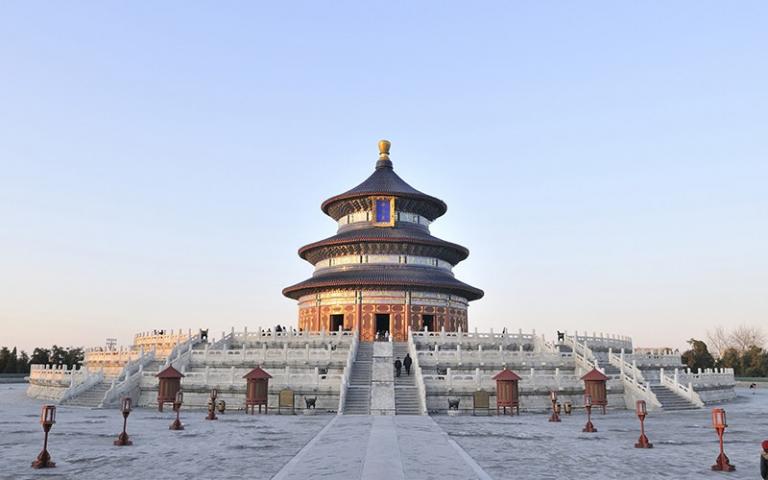
The Imperial vault of Heaven and the hall of Prayer for Good Harvests, located at the south and northends of the Temple of Heaven’s central axis, reflect each other’s shape. The round platform and plaza of the vault of Heaven to the south contrasts with the square plaza of the hall of Prayer to the north Linked by the Bridge of the Vermillion Stairway, they form an integrated whole The Chinese ancestors placed great importance on worshipping the deities of Nature. Heaven was paramount and Earth second, followed by the deity of Land and grain, the deities of Sun, Moon, Moun tains, Rivers, Wind, Rain, Thunder, and Lightening, and the deities of Agriculture, Sericulture, Horses, Locusts, etc. Ancestor worship was also an integral component of their belief system. The most im portant ancestors were those of the reigning Emperor, followed by ancient sages and rulers, and finally clan forebears. Worship of nature deities and the ancestors originated in animistic religious beliefs that reach back to Neolithic times China developed a fully mature society far back in human history. As Chinese civilization evolved, the ancient traditions of ancestor and nature worship were retained and passed down, later to be assimilated and transformed by Confucianism. Confucianism implemented hierarchical ranking for the nature deities, in order to bolster the feudal Confucian social structure It emphasized the kinship relationships that provide the framework for ancestor worship, in this way maintaining clan unity particularly that of the ruling class. The structures where sacrifices and cere monies were held are known as ritual architecture .
Sacrifices to the deities of nature were conducted in the open air, on high platforms known as altars Such altars were located at the temple of heaven the temple of earth the temple of the moon and the Altar of Land and Grain. The Temple of Heaven in Beijing is the most perfect example of this typeof architecture. Some natural deities were more personified, and their rituals were conducted indoors in temples. Examples include Daimiao Temple for worshipping Taishan Mountain and Zhongyuemiao Temple for worshipping Songshan Mountain. Sacrifices to the ancestors were also conducted indoors in temples and ancestral halls, including Taimiao Temple (imperial Ancestral Temple), Kongmiao Temple(Confucius Temple), the Sima Qian (145-90 BC) Ancestral Hall, and the Zhuge Liang (181-234 AD) Ancestral hall
Beijing’s Taimiao Temple(Imperial Ancestral Temple) is located to the east of the Forbidden City’s Wumen Gate. It is a large walled complex that includes three separate compounds, three principal halls and a number of secondary halls, laid out on a central north-south axis. It corresponds to the Altar to the Deity of Land and Grain to the west of Wumen Gate. This layout, in accordance with the principle of “ancestors to the east, land to the west, “serves to highlight the imperial palace in the center and consolidate imperial authorit.
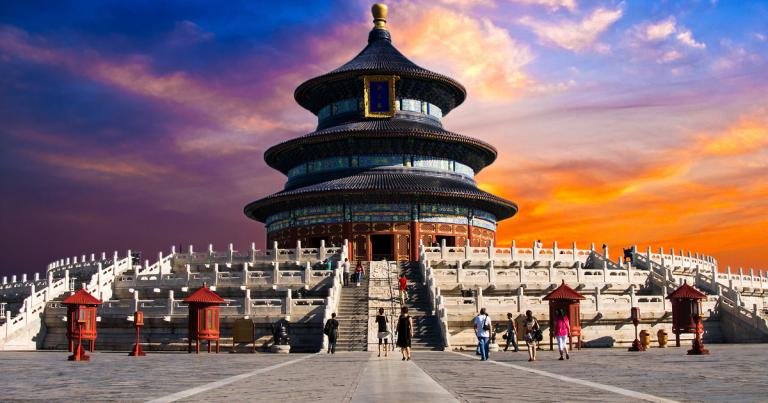
Ritual architecture existed early in China’s history The Mingtang-Biyong ritual complex in Chang’ an, the capital city of the Han Dynasty (202 BC-220 AD), is a case in point. The square complex was surrounded by an outer wall, with gate towers on each side. Outside the wall was a circular moat. a round rammed earth platform in the center of the complex served as the base for a huge square ritual hall.
Each side of the ground floor had three rooms, the total symbolizing the twelve months of the year. One large hall ran along each side of the middle floor. On a platform in the center of the upper floor was the Earth Chamber “Connected to each of the four corners of this chamber was a small pagoda-shaped chamber. Together the five chambers represented the Five Elements of Metal, Wood, Water, Fire, and Earth. Each chamber was the site of sacrifices to the deities of the Five Elements. The balcony was used for observing celestial phenomena. Every dimension of the structure had complex numerological sig nificance. The complex was laid out as a symmetrical cross with spacious plazas, creating an imposing atmosphere in accord with its function as a representation of Heaven and earth .
Remains of a three-tiered round altar dating from the Tang Dynasty(618-907 AD) have been found in the southern suburbs of Chang’ an. The Fenyin Houtu Temple site, dating from the Song(960-1276 AD) and Jin(1115-1234 AD) dynasties, found in today’s Shanxi Province, was dedicated to the Goddess of Earth. This major ritual site has yielded a number of pictorial records Over the course of Chinese history Confucius(551-479 BC) has been venerated by both Emperors and society at large Temples to Confucius were ubiquitous throughout China. The largest of these is lo cated in Qufu, Shandong Province, the birthplace of Confucius. Most of the existing Confucius temples were constructed with the support of the imperial family during the Ming and Qing dynasties. TheQufu Confucius Temple complex consists of nine courtyards laid out along a north-south axis. The southern three courtyards serve as antechambers, with the fourth marking the beginning of the tem ple proper. Inside the courtyard gate is the great book repository, the Pavilion of the Constellation of Scholars. The fifth courtyard is a longitudinal rectangle that contains the Pavilion of Thirteen Imperial Steles, with an east-west road leading out to the main city street. The sixth courtyard is divided into right, left, and center roads. The primary, central road leads past the Gate of great achievement to the Apricot Pavilion, a double-eaved structure with a hip-and-gable roof. This structure is a recreation ofthe place where Confucius is said to have held his lectures. Next is the Hall of Great Achievement, the principal hall of the complex, containing many stone pillars carved with dragons. Behind the hall is the Palace bedroom, where sacrifices were made to Confucius’ wife The central road then leads into the seventh courtyard, which contains the hall of Memories of the Sage. This hall houses a series of stone engravings of scenes from the life of Confucius. The entire Confucius Temple complex resembles an enlarged version of an official’s residence or government office, or an imperial palace in miniature China also has a rich tradition of populist ritual architecture. Ritual structures of the common people included clan halls and ancestral temples, temples to ancient sages, and temples to popular deities Hall of Great Achievement, Confucius Temple, Qufu, Shandong.
